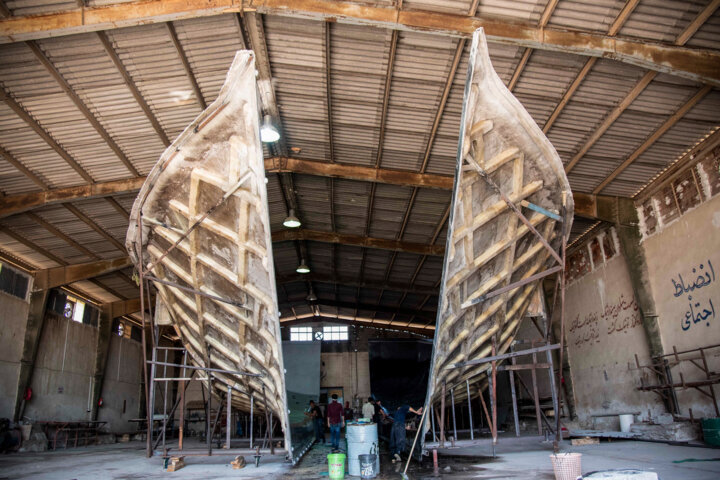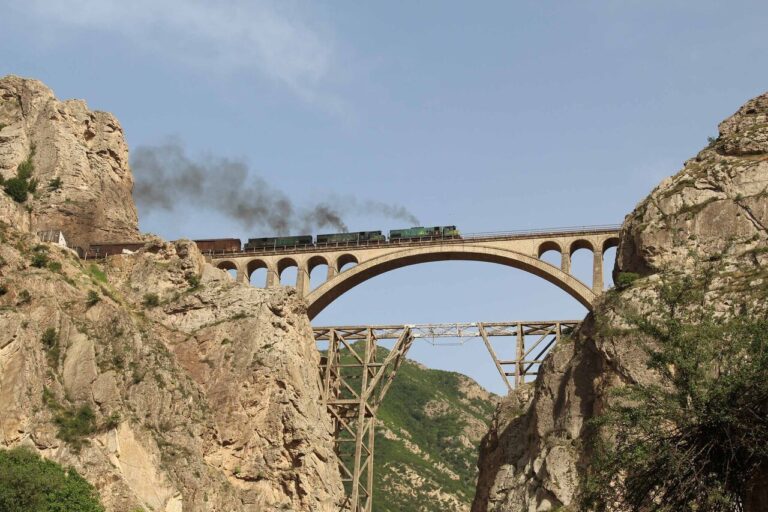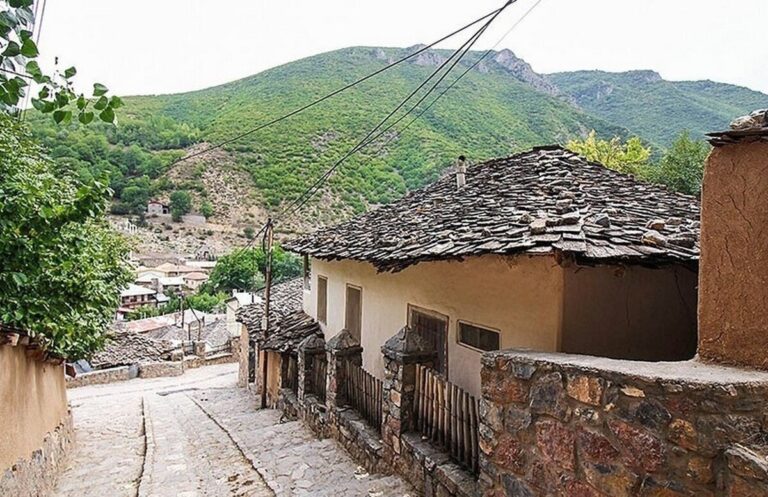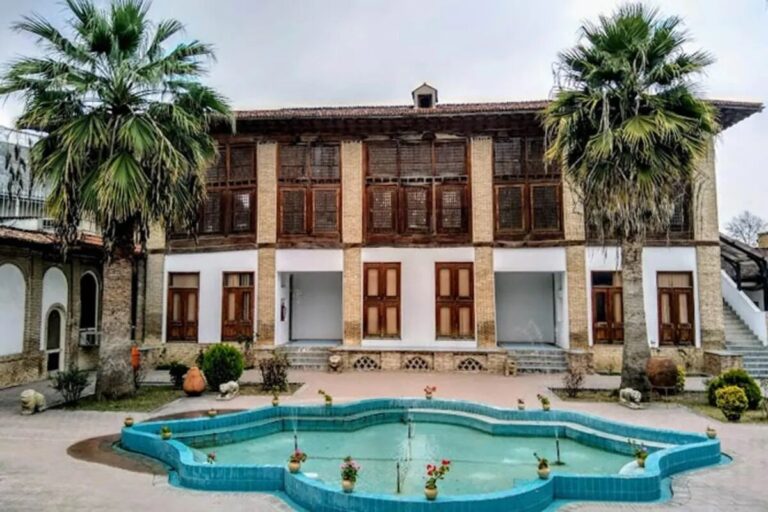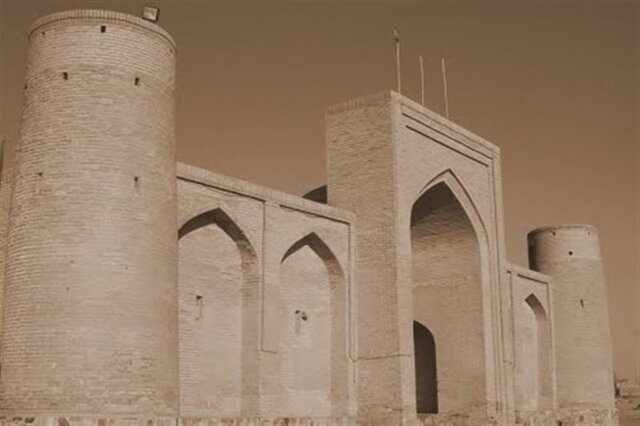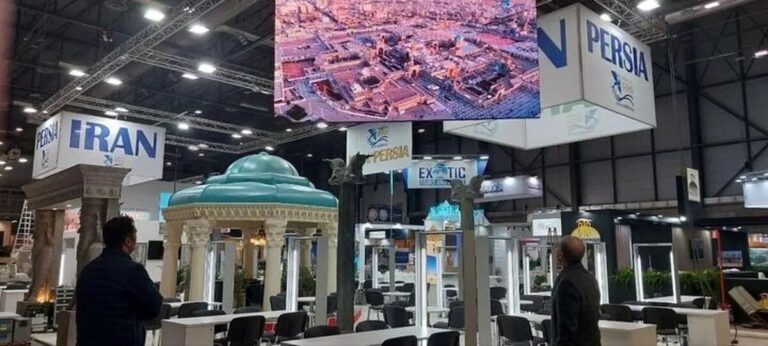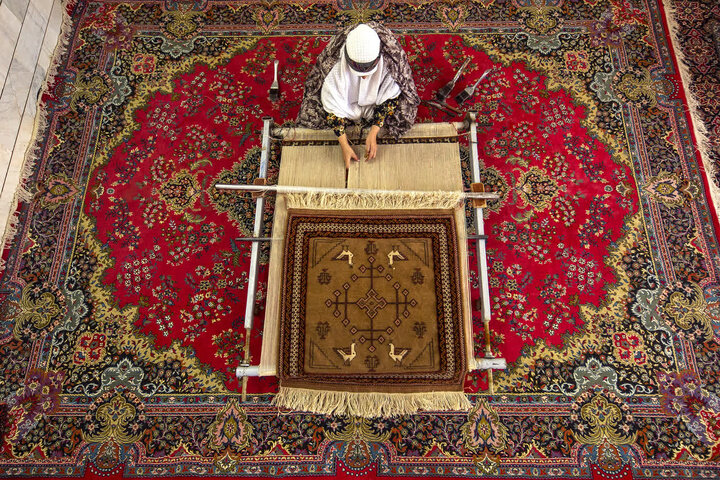Lenj Boats: Preserving the Rich Maritime Heritage of the Persian Gulf
Tehran – The art of constructing Lenj boats is a time-honored tradition along the northern shores of the Persian Gulf. This ancient indigenous craft has historically been essential for navigation, trade, and the livelihoods of the southern Iranian population. In 2011, the skills involved in Lenj boat construction and sailing were recognized by UNESCO and added to its list of intangible cultural heritage, highlighting their significance in global heritage.
Despite this prestigious recognition, the Lenj boat industry faces numerous challenges that threaten its preservation and revival, as reported by IRNA. The wooden Lenj boats, handcrafted by skilled local artisans, have been a part of Persian Gulf waters for centuries and are emblematic of Iran’s cultural identity.
However, the survival of this ancient craft is jeopardized by several critical issues:
- Replacement by Fiberglass Boats: Increasingly, traditional wooden Lenj boats are being replaced by cheaper, fiberglass alternatives.
- High Manufacturing Costs: The cost of materials and labor has risen, making the traditional boats less economically viable.
- Declining Demand: There is a noticeable decrease in the demand for Lenj boats, affecting local artisans.
- Neglect of Traditional Skills: The younger generations are increasingly disinterested in learning the traditional skills needed for Lenj construction and sailing.
In recent years, voices of concern have emerged, warning about the imminent threat to this invaluable cultural heritage associated with Lenj boats. There are fears that the traditional craftsmanship may be removed from UNESCO’s prestigious list of intangible cultural heritage.
The United Nations’ acknowledgment of Lenj boat construction emphasizes the necessity of preserving this unique maritime heritage along the southern Iranian coastline. The traditional Lenj boats are not merely vessels; they are a testament to the rich cultural tapestry of the region.
Traditionally hand-built, these boats serve multiple purposes, including:
- Sea Voyages: Used for traveling across the Persian Gulf.
- Trade: Essential for transporting goods and facilitating commerce.
- Fishing: Vital for local fisheries and livelihoods.
- Pearling: Historically significant for pearl diving activities.
According to the UN cultural body, the knowledge surrounding Lenj vessels encompasses a broad spectrum of cultural expressions, including:
- Oral Literature: Stories and traditions passed down through generations.
- Performing Arts: Cultural performances associated with maritime practices.
- Festivals: Celebrations that honor the heritage of Lenj boating.
- Sailing Techniques: Knowledge of navigation and weather forecasting.
- Terminology: Specialized vocabulary associated with sailing and boating.
The maritime skills essential for sailing Lenj boats are traditionally transmitted from father to son, creating a deep-rooted connection to the past. Iranian navigators harness celestial navigation, using the sun, moon, and stars to find their way. They utilize intricate formulas to determine latitude, longitude, and water depth, showcasing an impressive level of expertise.
However, the looming threats to this cultural heritage are multifaceted. Key factors contributing to the potential loss of UNESCO status for Lenj boat craftsmanship include:
- Modernization and Urbanization: Rapid development along the Iranian coast is leading to a decline in traditional practices.
- Generational Disinterest: Younger individuals are increasingly drawn to modern employment opportunities, leading to a decline in skill acquisition.
- Globalization: Exposure to a globalized culture has resulted in shifting values, lifestyles, and preferences that do not favor traditional crafts.
In summary, the construction of Lenj boats is not just a craft; it represents a crucial aspect of Iran’s cultural heritage. To safeguard this ancient art, comprehensive efforts are required from communities, cultural organizations, and the government to revive interest and investment in Lenj boat construction and sailing. By doing so, we can ensure that this unique maritime tradition continues to thrive for generations to come.
